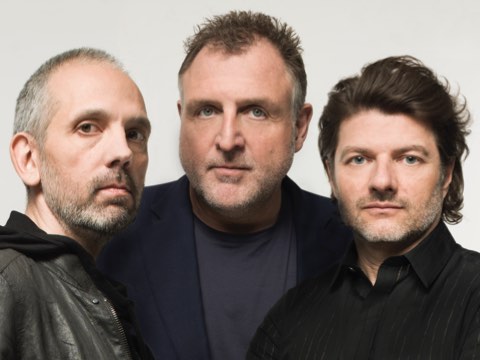Products by EOOS
“For us, design is a poetic discipline,” says Gernot Bohmann, one of the triumvirate who with Harald Gründl and Martin Bergmann is EOOS. From their base in Vienna, Austria, these three have been making poetry in the form of furniture, objects, and spaces since 1995, for brands from A to Z, literally from Armani (cosmetic stores) to Zumtobel (LED lighting).
While their oeuvre is varied, the designers of EOOS approach each project from the same perspective. “We call our design process ‘poetical analysis,’” explains Bohmann. “As soon as we find a word, a strong intuitive image, or a ritual the process starts. The idea lives its only life, and we just have to follow. At the end everyone, EOOS and our industrial partner, is surprised by the result.”
Surprise is a key element in Crosshatch, the chair EOOS designed for Geiger International, a Herman Miller company. With Crosshatch, EOOS uses parachute cords to supply the necessary support for seat and back support. “We have designed a wooden structure,” explains Bergmann, “with a floating basket made from parachute cords. The cords are an integral part of the construction. They are pulled down and the chair becomes a system of internal tension. Without them the chair would be unstable and would collapse.”
Use of a common material, such as parachute cord, reflects the practice of a designer who continues to influence Geiger: Ward Bennett. “His exploration of how far you can go within an existing typology and his use of industrial components in his work is very fascinating for us,” notes Bohmann. Surprise takes another turn in the experience of sitting in Crosshatch. An object that appears light and transparent, it actually delivers what EOOS describes as a “nest” feeling, a sense of being comfortably enveloped.
A playful twist on expectations is part of the EOOS ethos of working on “authentic objects.” According to Bergmann, “This means for us that we want to achieve a synthesis of construction and poetical expression. We are fascinated by how much emotional quality comes out of rationality.”
